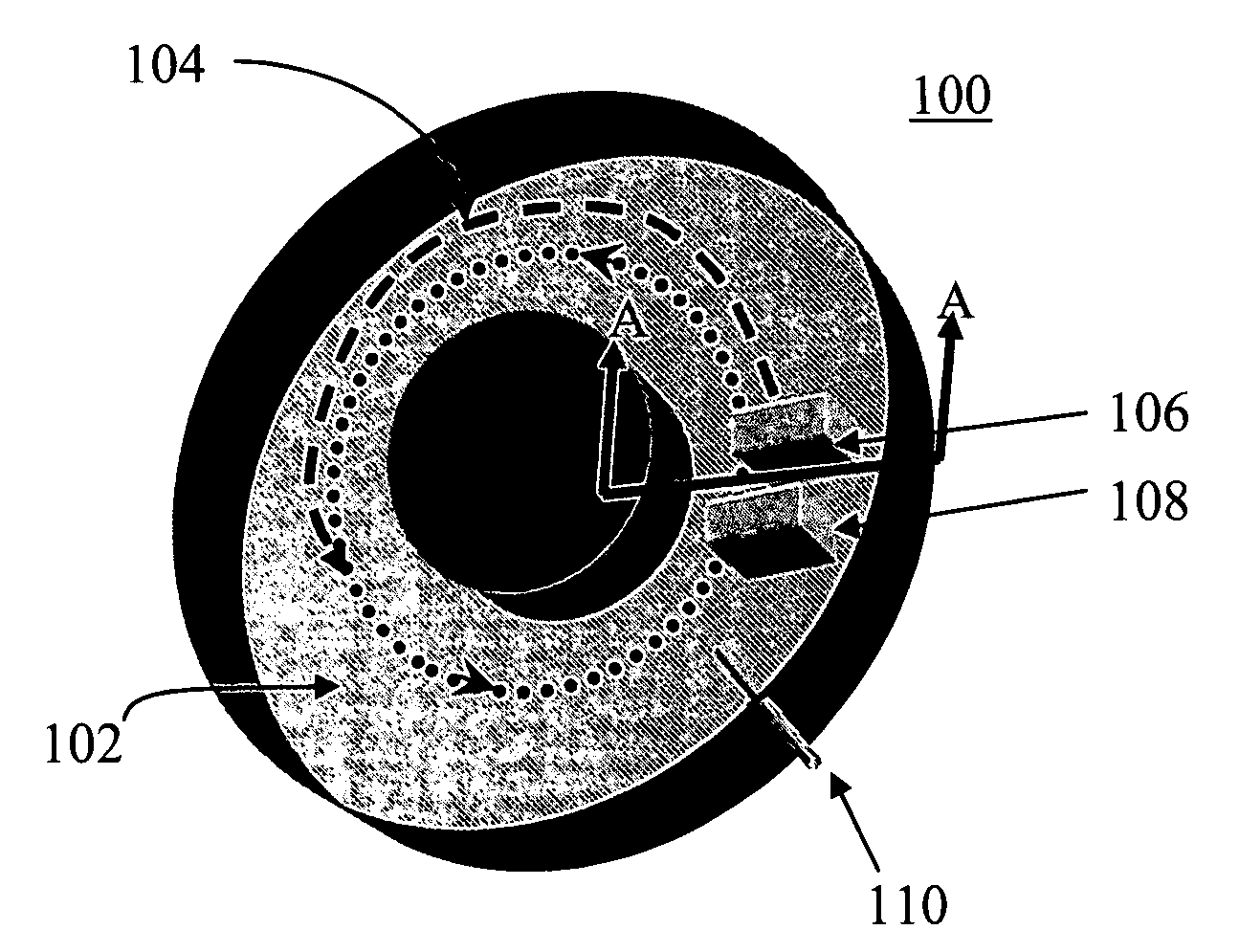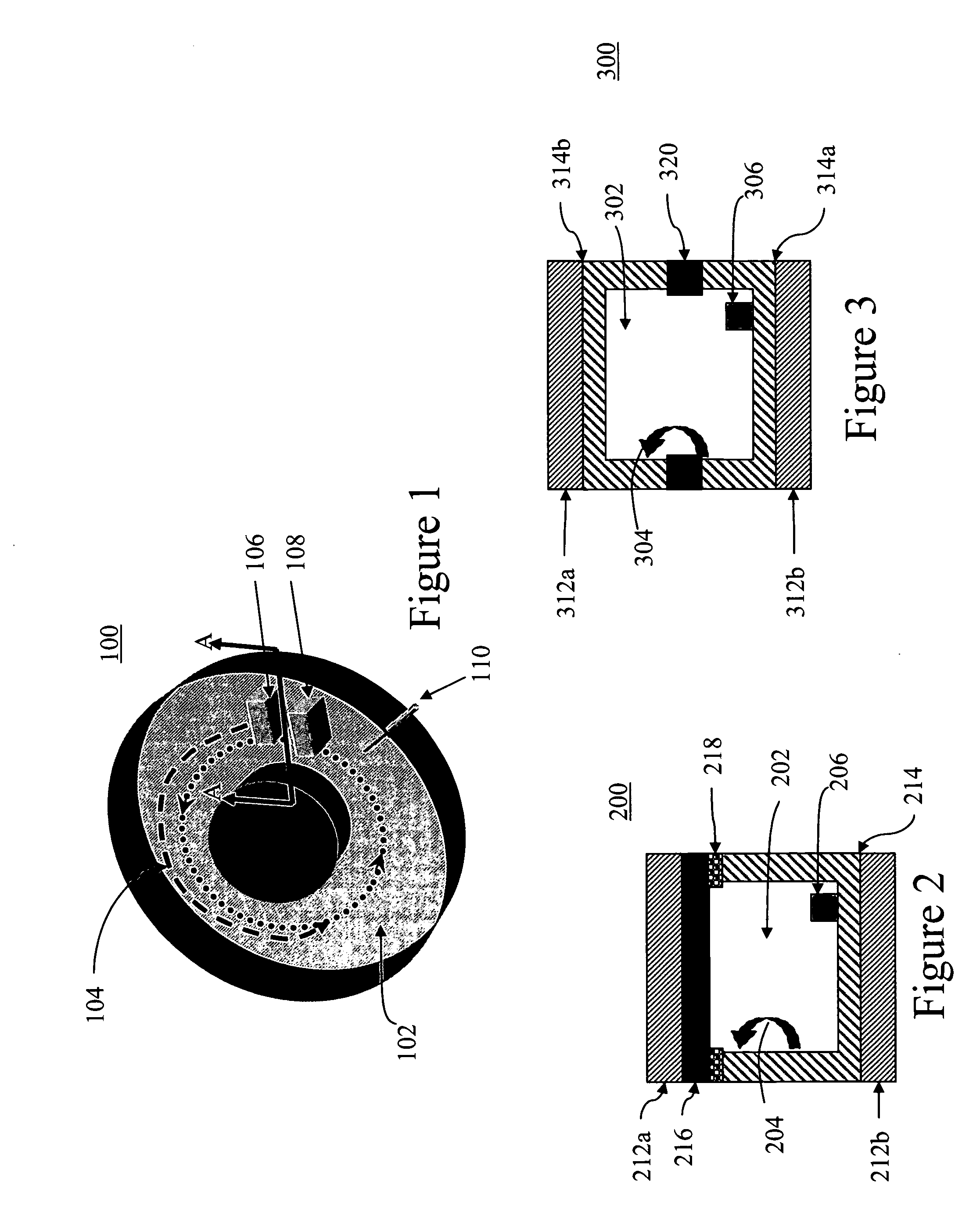Methods of constructing a betatron vacuum chamber and injector
a technology of betatron and vacuum chamber, which is applied in the direction of accelerators, electric discharge tubes, light sources, etc., can solve the problems of high level of liability associated with the handling and use of chemical sources, the host of logistical and political problems, and the general inability to meet the requirements of this borehole application
- Summary
- Abstract
- Description
- Claims
- Application Information
AI Technical Summary
Benefits of technology
Problems solved by technology
Method used
Image
Examples
Embodiment Construction
[0021] A betatron (gamma-ray source) is comprised of two main components: a modulator and a betatron structure. The modulator includes a power conditioning unit and a beam control unit. The betatron structure includes a magnet (shown in FIGS. 2 and 3), a vacuum chamber (shown in FIGS. 1, 2, and 3), and an injector (shown in FIG. 1). It is noted that the target may be integrated or combined with the injector structure.
[0022]FIG. 1 shows a general schematic of the betatron structure 100, having a donut-shaped vacuum chamber 102. An injector 106 and target 108 are positioned inside the accelerator chamber 102. It is noted that while injector 106 and target 108 are shown here as two different elements, one skilled in the art would recognize that the injector and target may be designed as a common element. Electrons injected into the chamber 102 by the injector 106 are trapped therein by the magnetic field created by magnets 212a, 212b (see FIG. 2). The electrons follow a generally circ...
PUM
 Login to View More
Login to View More Abstract
Description
Claims
Application Information
 Login to View More
Login to View More - R&D
- Intellectual Property
- Life Sciences
- Materials
- Tech Scout
- Unparalleled Data Quality
- Higher Quality Content
- 60% Fewer Hallucinations
Browse by: Latest US Patents, China's latest patents, Technical Efficacy Thesaurus, Application Domain, Technology Topic, Popular Technical Reports.
© 2025 PatSnap. All rights reserved.Legal|Privacy policy|Modern Slavery Act Transparency Statement|Sitemap|About US| Contact US: help@patsnap.com



